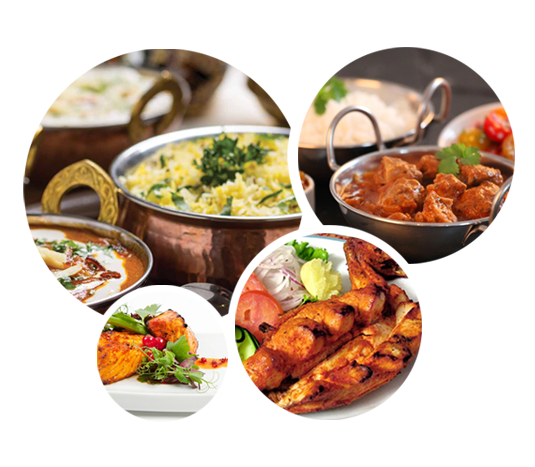From the Pantry: Semolina - Bake from Scratch
There are those ingredients so intimately tied to their place of origin that I love grouping them together in my pantry.It’s like having a little culinary world map, making everything much easier to find.Plus, there’s the added delight of seeing the beautiful packaging—Italy’s offerings are always the most captivating.
A bunch of dried oregano flowers from Calabria hangs upside down from a small hook next to stout bags of Tipo “00” and semolina flours.Beautiful cans of olive oil sit beside clear packets of taralli—little bread rings from Puglia—tied up with black satin ribbon.Tiny jars of crimson Calabrian peppers and green Castelvetrano olives are stacked on top of one another, and a vintage aqua and gold tin filled with amaretti cookies sits next to a small cobalt and white jar of Amarena cherries.
I reach for the semolina flour and inhale its warm, inviting fragrance, reminding me of fresh pasta, sun-ripened wheat, and Sunday afternoons.Semolina is one of the cornerstones of southern Italy’s bold, passionate, and creative cooking.Its name, derived from the Italian word “semola,” meaning “bran,” reflects its pleasantly coarse texture and distinctive amber hue, which are reminiscent of the golden durum wheat fields of southern Italy.
Semolina is made by removing the coarse bran and germ from durum wheat.The remaining endosperm is then stone-milled and ground extra-coarse or
Foody Chum
Publisher: Bake from Scratc


